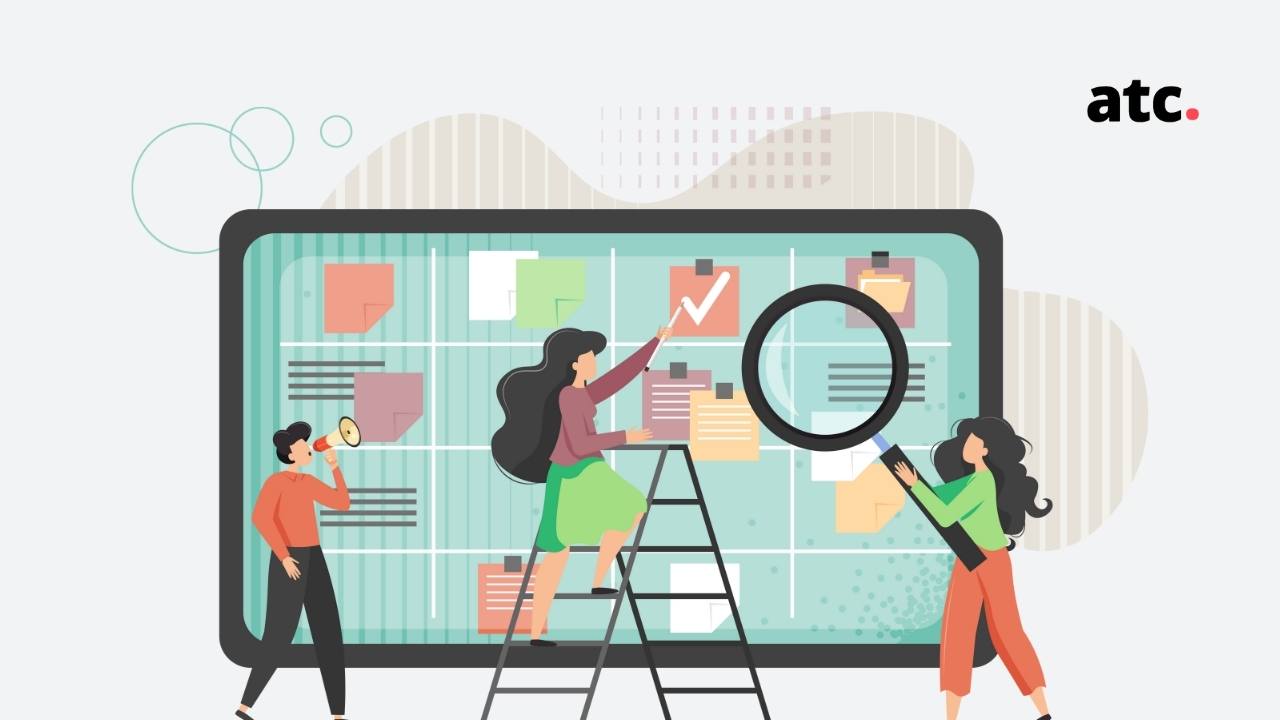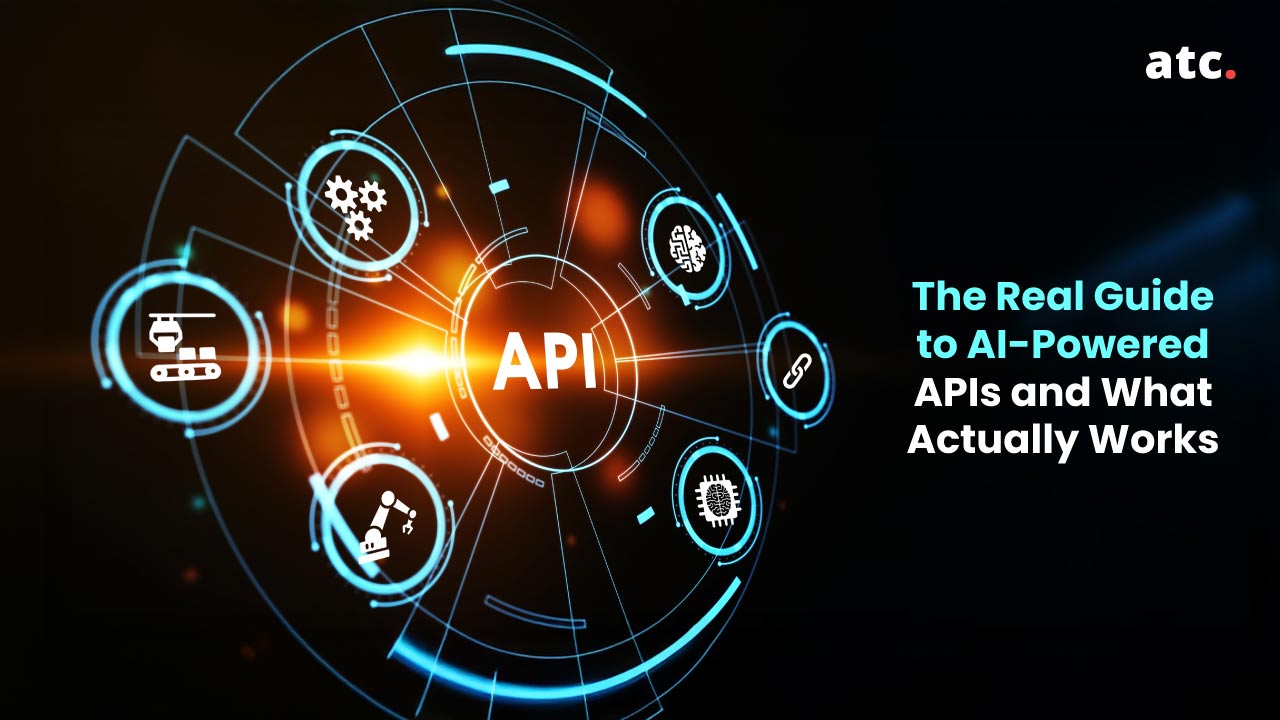Subscribe to the blog
Over the last few years, Agile adoption has accelerated throughout the enterprise industry. After all, the dynamic work environments of today require speed and flexibility, both of which can be easily provided by Agile. Therefore, it is no wonder that Agile Scrum is the preferred project management model for the majority of organizations.
Scrum consists of the Product Owner, Scrum Master, and Development Team members working in cohesion towards sprint goals, usually involving a product feature or upgrade. Within the Scrum methodology ecosystem, product backlog forms an integral part of the process, and refining the product backlog is key to Agile success.
Let’s look at this critical Agile project management activity in detail.
What is a Product Backlog?
When you work on a project, what’s the first thing you do? Very likely, you make a list of all the activities or tasks that need to be done for the accomplishment of the project at hand. In the Agile project management system, this checklist helps direct and prioritize the actions of the entire team working on that project.
That’s exactly the function that a Product Backlog performs in product development projects. A Product Backlog is a checklist of tasks needed to ship out the new product in order of priority. The list and prioritization are based on the product roadmap and requirements. So, the items you’re shown at the top of the product backlog are the ones that the team is working to deliver first. They are top-priority tasks. The development team pulls tasks from the Product Backlog as and when the capacity for the next tasks opens up. In Kanban, they do this on a continuous basis, whereas in Scrum, the team works in iterations.
The Product Owner or Manager is the one responsible for the creation and maintenance of the Product Backlog. This backlog also needs to be continuously updated in accordance with the changing requirements of the customers or users, and this information can be fed by the Scrum Master who organizes meetings and captured feedback.
Create An Effective Product Backlog: Start with the two "R"s
For a Product backlog to be effective, the two Rs: Roadmap and Requirements, are the foundational keywords. Much of the Product Backlog in Agile project management is defined by the product roadmap. This seems obvious to state, but the roadmap is a crucial source from which we can extract a list of action items and product features.
Let’s say the team is working on productivity software. The product roadmap dictates that, at the end of the year, they should be able to ship all features related to scheduling and reminders in the software. Now, the roadmap will lay down all the features and the stages in which they are to be released. The Product Backlog would act as a checklist of all the activities needed to ship the features—spread across categories or user stories—and in a prioritized sequence.
How can the Product Owner define what is to be prioritized? That depends on the requirements.
One, customer needs are to be kept paramount. What does the customer need immediately? The answer to that is needed for customer satisfaction, feedback loop closure, and for customer retention. Two, how urgently do you need feedback on a specific feature? If the design and development of the upcoming features depend on a specific product feature, the latter rises in importance. Such symbiotic relationships need to be studied and accounted for beforehand in the Product Backlog. Three, how difficult or time-consuming is it to implement the feature? This will also influence the timelines and resource allocation.
Keeping the Backlog Healthy
The job of Product Backlog management does not end with its creation. In fact, that’s only the starting point. Once you’ve built the backlog, you also have to maintain it. Every time there’s an iteration planning meeting for a new sprint, Product Owners should revisit the backlog and make adjustments in accordance with the changing situations and priorities. Feedback from the last iteration should be incorporated.
On a daily basis, Scrum Masters run daily meetings called standups. These meetings also provide insights and information. Product Owners should work with Scrum Masters to review the backlog on an ongoing basis. This process is often referred to as “backlog grooming.”
Part of this process is also segregating the short-term and long-term items in the backlog. As the work progresses, you will have a huge backlog, too big to contain in a single list. Segmenting them according to the timelines can be helpful.
Short-term items can be attended to sooner by preparing user stories, laying out design ideas, and directing development. On the other hand, long-term items are a bit ambiguous. Specific details are only finalized when they slide higher on the Product Backlog priority scale or timeline.
Refinement of the Product Backlog is the key to keeping the team Agile: Product Owners use inputs in the form of customer feedback, financial assessments, new requirements, competitor moves, etc., to keep revising the Product Backlog. Once work on the feature begins, they stay out of the way of the development team. But until then, they make sure everything is up-to-date.
This is why the Product Backlog is often shared with the entire Agile team as an editable, shareable document. It shows the team that not everything is a priority and that our limited resources should be directed at achievable, reasonable short-term goals.
In the next section, let’s take a look at how Backlog Refinement can take place.
What Is Backlog Refinement?
As mentioned before, Backlog Refinement is ideally an ongoing process. It is the creation of the backlog list, stating items that list down the scope and limits of the product being developed, the features that will be launched, and the order in which they will be launched.
Goals of Product Backlog Refinement
Shared understanding:
All the team members, Scrum Master, and Product owner should be on the same page when it comes to product goals.
Financial Planning:
It is only when we know the plan of action in advance that we can make financial projections and allocate resources accordingly.
Prioritization:
This is a very integral part of Backlog Refinement. Prioritizing high-value and urgent features on the list prevents major wastage of resources and time by keeping the team on track to achieve its goals through the completion of big-ticket items.
Accounting for change:
Things change at a rapid pace in the business world. A flexible Product Backlog enables the team to adapt the priority list and items to these changing situations.
Effective meetings:
At the Sprint Planning Meeting, the agenda is normally to decide which backlog item will be chosen for the next sprint. If we are refining our backlog continuously, we no longer need to spend hours in this meeting as the backlog answers most questions.
Sizing items:
Items sitting in the backlog are sized up to see if they’ve been in the Product Backlog for an unreasonable amount of time. This can take two directions: one, it shows us that the item is no longer relevant in the larger scheme of things, so it’s better to kick it off the backlog entirely. Two, we might push it front and center if we feel that an important item is being neglected. It’s in tandem with the principle of the Agile project management approach to adjust and adapt.
Identify roadblocks:
Refinement meetings also give space for a healthy discussion about potential roadblocks that may arise for the items that are next in line for development and implementation. The team can pre-empt such roadblocks and work around them in advance. Planning can save a lot of time, costs, and resources.
Who Attends a Backlog Refinement Meeting?
A Backlog Refinement meeting is the domain of the Product Owner. They are also the ones facilitating the meeting. They have to tread carefully so as not to influence the outcome of the meeting discussion.
The others who will be in attendance will depend on the item being picked up for refinement. Usually, all members of the development team will attend such meetings to gain a better understanding of their role in each of the upcoming items.
There might also be members from the customer success or support wing, marketing team members, or sales or business development executives to provide insights into the customer needs and mindset.
Scrum Masters normally attend the meeting not because they have an active role to play but because they can see the big picture and prioritize the high-ticket items for maximum value delivery.
Conclusion
From an Agile project management perspective, Backlog Refinement carries a lot of importance. The Product Backlog document can be the cornerstone of all Agile efforts in a team. It provides some very real benefits like effective sprint planning, monitoring sprint outcomes, and incorporating real-time feedback into the development process, among others.




